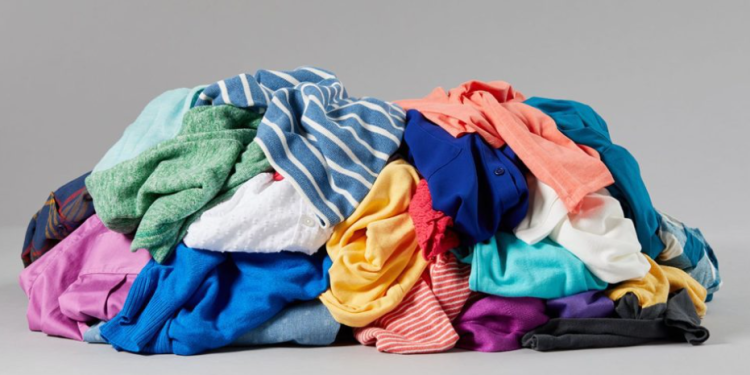Getting your clothes recycled may not seem like a very big deal, but there are many benefits to doing so. For one thing, if your clothes are in good condition, they can be remade into new clothes. Secondly, if you have worn your clothes for a long time, they can be recycled into new fabric or yarn.
Textile recycling is a daunting task
Currently, approximately 92 million tons of textile waste are generated globally. Most of the waste ends up in landfills. The average American throws away about 82 pounds of clothing each year. In addition, a garbage truck’s load of textiles ends up in the landfill every second.
Closing the Loop on Textile Waste is an initiative addressing environmental challenges in the textile production chain. The project will help create jobs in affected communities while creating $192 billion in overall benefits for the global economy by 2030.
Closing the Loop on Textile waste includes the development of an inclusive model that engages a diverse set of stakeholders from both old and new production lines. This includes governments, researchers, textile manufacturers, and textile waste collection organisations. The project will explore new collection methods and communication efforts.
Closing the Loop on TextileWaste will give communities access to textile waste generated from both old and new production lines. This will give researchers the opportunity to develop more realistic recycling methods.
Chemical products are used
Approximately 25% of global chemical output originates from the textile industry. The resulting pollution is harmful to our environment.
In the last 10 years, there has been increased interest in textile recycling. Most of the focus has been on chemical reuse of textile fibres. However, there has been little attention paid to bio-based processes.
One such process is known as open-loop recycling. This process is a combination of chemical and mechanical pretreatment of fibres. It focuses on separating polyester from cotton.
The process uses filtration and sodium hydroxide. Sodium hydroxide breaks down polyester into building blocks. These building blocks are then spun into new fibres.
The process also uses surfactants to give the fibres anti-static properties. These surfactants are less harmful to humans. However, they are harmful to marine wildlife.
This process is only practical if the plant is able to produce at least five figures of output annually. It will need economies of scale to make it viable.
Recycled plastic garments are less durable than mechanical recycling
Using recycled plastic to make clothing can help the environment, but it does come with some drawbacks. First, clothes made from recycled plastics will not be as durable as their virgin counterparts, and second, they will likely be difficult to recycle.
Although most clothing is not designed to be recycled, the fashion industry is slowly pivoting to a more circular economy. Major fashion brands such as Zara have announced a commitment to using sustainable materials by 2025. And some researchers have found a way to create noise insulation using old textile fibres.
The recycling industry is growing, but not enough is being done to make it circular. In fact, most garments end up in the landfill, where they will eventually degrade.
The most common type of recycling, mechanical recycling, is a good place to start. It uses mechanical methods, including shredding and pulling fabrics to make shorter fibres. The output products are often similar in quality to virgin fabric. However, mechanical recycling is not as environmentally friendly as chemical recycling.
Upcycling and recycling of clothes
Compared to the traditional methods of recycling, upcycling is a more eco-friendly way to recycle clothes. This is because upcycling does not degrade the value of the materials. Upcycling also reduces the amount of waste in landfills. It also provides a good opportunity for fashion designers to produce new garments.
The upcycling process is based on creative reuse of leftovers of fabric. These leftovers are produced during the manufacturing process because of technical issues and quality issues. They are then used for upcycling products or repurposed to other orders. Depending on the quantity and shape of the leftovers, a designer determines the shape and design of the upcycled product.
This upcycling design process requires a sense of systems thinking, creativity and flexibility on the part of the designer and the manufacturer. To start, the designer must analyze the waste stream and understand the characteristics of the leftovers.
Once the designer determines the leftovers and their characteristics, he or she can search for fabrics. These fabrics can be cut, shredded or dissolved into fibres, which are then mixed with fresh materials to produce new products.






